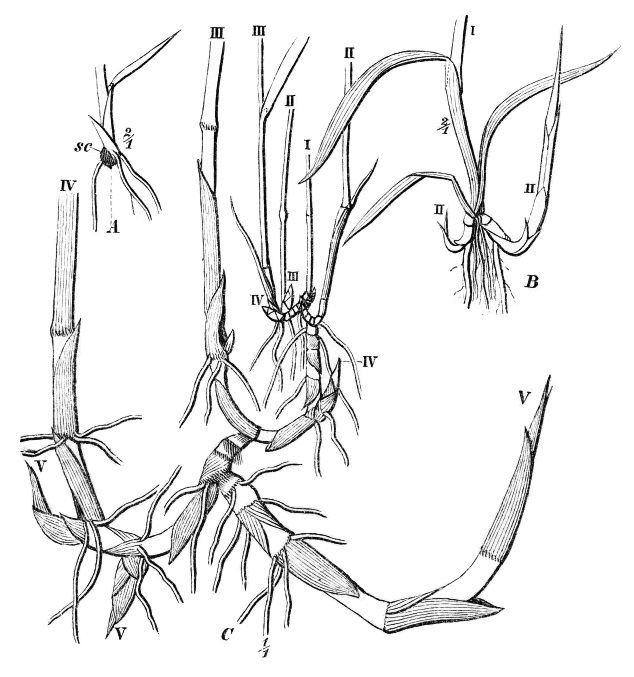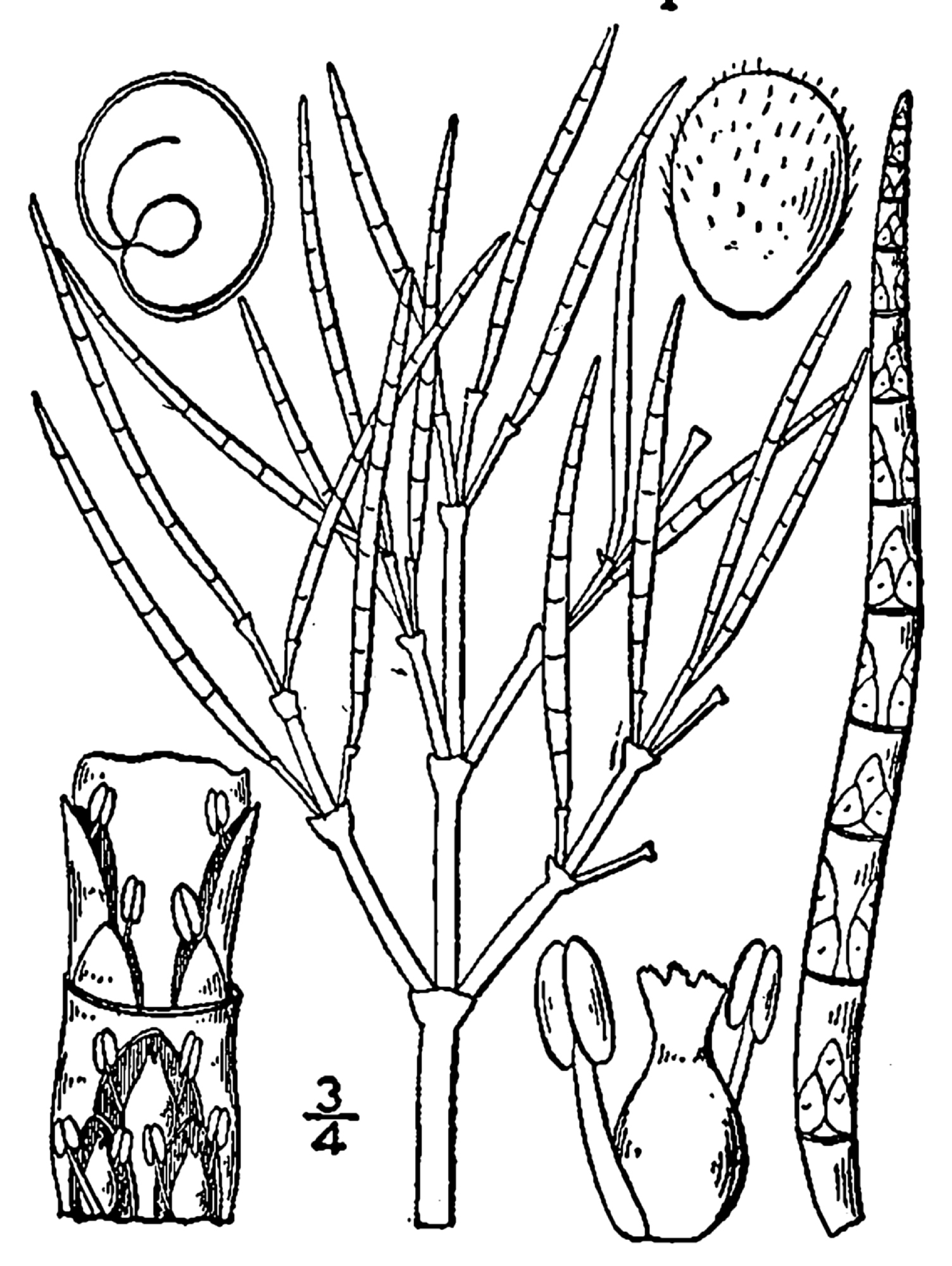|
Pedro Muñoz
Pedro Muñoz is a Municipalities of Spain, municipality in the autonomous community of Castile-La Mancha, Spain. It is located in the northeast corner of the Ciudad Real (province), province of Ciudad Real, on the bank of the Záncara river. It is in the La Mancha region, in the "Mancha Alta" sub-region. It was founded in 1284 by the Archdeacon of Alcaraz, Albacete, Alcaraz, Pero Muñoz (later adjusted to "Pedro" Muñoz in the municipality's name), as one of a series of defensible points in the La Mancha plains. The village was abandoned in 1410, due to a severe drought, and re-established in 1525. Since the late 19th century, Pedro Muñoz had been an important economic center in the region. The village has an important architectural heritage of manor houses, hermitages and the Renaissance and Baroque church of St Peter the Apostle. It also has a natural and ecological heritage composed of a protected complex of wetlands, visited by many species of migratory birds. Geography ... [...More Info...] [...Related Items...] OR: [Wikipedia] [Google] [Baidu] |
Ciudad Real
Ciudad Real (, ) is a municipality of Spain located in the autonomous community of Castile–La Mancha, capital of the province of Ciudad Real. It is the 5th most populated municipality in the region. It was founded as Villa Real in 1255 as a royal demesne town and enclave long surrounded by territory belonging to the Order of Calatrava, military order of Calatrava. Its history in the late middle ages was influenced by friction with the latter. History It was founded in 1255 with the name ''Villa Real'' ('Royal Town') under the auspices of Alfonso X, who granted it a charter that followed the model of Cuenca, Spain, Cuenca's. It was not founded from scratch, but founded over Pozuelo de San Gil, a hamlet belonging to the land of Alarcos. An independent royal demesne enclave embedded within the dominion of the Military Order of Calatrava, repopulation struggled initially. Weary of the influence of Villa Real, the masters of the Order of Calatrava established a rival market in nea ... [...More Info...] [...Related Items...] OR: [Wikipedia] [Google] [Baidu] |
Tomelloso
Tomelloso () is a municipality located in the northeast of the province of Ciudad Real, within the autonomous community of Castile-La Mancha in Spain. Situated in the geographic center of the natural region of La Mancha and with a population of 36,304 (2023) it is the most populous municipality in the comarca and ranks as the eighth largest in Castilla-La Mancha. The municipal territory is predominantly flat, except in the southeast, where the land gently rises to form the Campo de Montiel plateau. The area is characterized by extensive vineyards, with smaller areas dedicated to cereal crops, olive trees, pistachios, almond trees, and other irrigated crops. Tree coverage is sparse. The municipality is crossed only by the Córcoles and Záncara rivers (the latter forming the boundary with Pedro Muñoz), although several seasonal streambeds are evident during periods of heavy rainfall. Since the Middle Ages, the area has been traversed by a branch of the Cañada Real Conquense, a ... [...More Info...] [...Related Items...] OR: [Wikipedia] [Google] [Baidu] |
Tamarix Africana
''Tamarix africana'', also known as the African tamarisk, is a species of tree in the family Tamaricaceae. They have a self-supporting growth form and simple leaves. Individuals can grow to 6.3 m. Sources References {{Taxonbar, from=Q1641972 africana Flora of Malta ... [...More Info...] [...Related Items...] OR: [Wikipedia] [Google] [Baidu] |
Phragmites
''Phragmites'' () is a genus of four species of large perennial plant, perennial reed (plant), reed Poaceae, grasses found in wetlands throughout temperate and tropical regions of the world. Taxonomy The World Checklist of Selected Plant Families, maintained by Kew Garden in London, accepts the following four species: * ''Phragmites australis'' (Antonio José Cavanilles, Cav.) Carl Bernhard von Trinius, Trin. ex Steud. – The cosmopolitan common reed * ''Phragmites japonicus'' Steud. – Japan, Korea, Ryukyu Islands, Russian Far East * ''Phragmites karka'' (Anders Johan Retzius, Retz.) Trin. ex Steud. – tropical Africa, southern Asia, Australia, some Pacific Islands, invasive in New Zealand * ''Phragmites mauritianus'' Kunth – central + southern Africa, Madagascar, Mauritius Wildlife in reed beds ''Phragmites'' stands can provide food and shelter resources for a number of birds, insects, and other animals. Habitat benefits are often optimal when stands are thinner, and ma ... [...More Info...] [...Related Items...] OR: [Wikipedia] [Google] [Baidu] |
Arthrocnemum Macrostachyum
''Arthrocnemum'' was a genus of shrubs in the family Amaranthaceae. Two or three species were included in the genus. They are halophytes with fleshy, apparently articulated plant stems and reduced leaves and flowers. Description Species formerly placed in ''Arthrocnemum'' are low shrubs up to , much branched from base, and often forming mats. Young stems are succulent, glaucous (sometimes yellowish), glabrous, and appear to be articulated. The opposite leaves are sessile, joined at base and forming a cup around the stem, fleshy, glabrous, their blades reduced to small, cuspidate scales up to 5 mm. The spike-like inflorescences stand terminal on lateral branches, they are not branched or with short lateral branches. Cymes of three flowers are sitting in the axils of fleshy, opposite bracts. The flowers are bisexual (sometimes the stamens of the lateral flowers mey be missing) and proterandric. The central flower is four-angled, the two lateral flowers are three-angled. The ... [...More Info...] [...Related Items...] OR: [Wikipedia] [Google] [Baidu] |
Juncaceae
Juncaceae is a family of flowering plants, commonly known as the rush family. It consists of 8 genera and about 464 known species of slow-growing, rhizomatous, herbaceous monocotyledonous plants that may superficially resemble grasses and sedges. They often grow on infertile soils in a wide range of moisture conditions. The best-known and largest genus is '' Juncus''. Most of the ''Juncus'' species grow exclusively in wetland habitats. A few rushes, such as '' Juncus bufonius'' are annuals, but most are perennials. Despite the apparent similarity, Juncaceae are not counted among the plants with the vernacular name bulrush. Description The leaves are evergreen and well-developed in a basal aggregation on an erect stem. They are alternate and tristichous (i.e., with three rows of leaves up the stem, each row of leaves arising one-third of the way around the stem from the previous leaf). Only in the genus '' Distichia'' are the leaves distichous. The rushes of the genus ... [...More Info...] [...Related Items...] OR: [Wikipedia] [Google] [Baidu] |
Salicornia
''Salicornia'' is a genus of succulent, halophytic (salt tolerant) flowering plants in the family Amaranthaceae that grow in salt marshes, on beaches, and among mangroves. ''Salicornia'' species are native to North America, Europe, central Asia, and southern Africa. Common names for the genus include glasswort, pickleweed, picklegrass, and marsh samphire; these common names are also used for some species not in ''Salicornia''. To French speakers in Atlantic Canada, they are known colloquially as ('mouse tits'). The main European species is often eaten, called marsh samphire in Britain, and the main North American species is occasionally sold in grocery stores or appears on restaurant menus as sea beans, samphire greens or sea asparagus. Description The ''Salicornia'' species are small annual herbs. They grow prostrate to erect, their simple or branched stems are succulent, hairless, and appear to be jointed. The opposite leaves are strongly reduced to small fleshy scales with ... [...More Info...] [...Related Items...] OR: [Wikipedia] [Google] [Baidu] |
Endorheic Basin
An endorheic basin ( ; also endoreic basin and endorreic basin) is a drainage basin that normally retains water and allows no outflow to other external bodies of water (e.g. rivers and oceans); instead, the water drainage flows into permanent and seasonal lakes and swamps that equilibrate through evaporation. Endorheic basins are also called closed basins, terminal basins, and internal drainage systems. Endorheic regions contrast with open lakes (exorheic regions), where surface waters eventually drain into the ocean. In general, water basins with subsurface outflows that lead to the ocean are not considered endorheic; but cryptorheic. Endorheic basins constitute local base levels, defining a limit of the erosion and deposition processes of nearby areas. Endorheic water bodies include the Caspian Sea, which is the world's largest inland body of water. Etymology The term ''endorheic'' derives from the French word , which combines ( 'within') and 'flow'. Endorheic lake ... [...More Info...] [...Related Items...] OR: [Wikipedia] [Google] [Baidu] |
Halophytic
A halophyte is a salt-tolerant plant that grows in soil or waters of high salinity, coming into contact with saline water through its roots or by salt spray, such as in saline semi-deserts, mangrove swamps, marshes and sloughs, and seashores. The word derives from Ancient Greek ἅλας (halas) 'salt' and φυτόν (phyton) 'plant'. Halophytes have different anatomy, physiology and biochemistry than glycophytes.Physiology of halophytes, T. J. FLOWERS, Plant and Soil 89, 41–56 (1985) An example of a halophyte is the salt marsh grass ''Spartina alterniflora'' (smooth cordgrass). Relatively few plant species are halophytes—perhaps only 2% of all plant species. Information about many of the earth's halophytes can be found in thhalophytedatabase. The large majority of plant species are glycophytes, which are not salt-tolerant and are damaged fairly easily by high salinity. Classification Halophytes can be classified in many ways. According to Stocker (1933), it is mainly of ... [...More Info...] [...Related Items...] OR: [Wikipedia] [Google] [Baidu] |
Guadiana
The Guadiana River ( , , , ) is an international river defining a long stretch of the Portugal-Spain border, separating Extremadura and Andalusia (Spain) from Alentejo and Algarve (Portugal). The river's basin extends from la Mancha and the eastern portion of Extremadura to the southern provinces of the Algarve; the river and its tributaries flow from east to west, then south through Portugal to the border towns of Vila Real de Santo António (Portugal) and Ayamonte (Spain), where it flows into the Gulf of Cádiz. With a course that covers a distance of , it is the fourth-longest in the Iberian Peninsula, and its hydrological basin extends over an area of approximately (the majority of which lies within Spain). Etymology Ptolemy's ''Geography'' recorded the Celtiberian name as ''Anas'', meaning a marshy area or bayou. The Romans adapted this name as , which was etymolygised as the "River of Ducks." After the Muslim conquest of the Iberian Peninsula, the name was extend ... [...More Info...] [...Related Items...] OR: [Wikipedia] [Google] [Baidu] |
Laguna De La Vega Desde Un Mirador Pm
Laguna (Italian and Spanish word for lagoon), is a Spanish, Italian, and Polish surname. It may also refer to: People * Andrés Laguna (1499–1559), Spanish physician, pharmacologist, and botanist * Benjamín Máximo Laguna y Villanueva (1822–1902), Spanish forester, entomologist and botanist of Spanish and Philippine flora * Theodore de Laguna (1876–1930), American philosopher, taught at Bryn Mawr College and in the Philippines, early feminist. * Aleksander Łaguna (7/10/1894 – 9/10/1934) – Major pilot of the Polish Army, knight of the Virtuti Militari * Mikołaj Łaguna (14/06/1890–1940) – Polish lieutenant, murdered in Katyn * Piotr Łaguna (1905–1941), major of the Polish Army, pilot * Stosław (Klemens Stanisław) Łaguna, (23/02/1833-28/04/1900), professor of Polish Law at the University of Saint Petersburg, January Uprising participant * Stanisław Ignacy Łaguna (18 January 1878-1 August 1943) – Polish engineer, councilor of the Lviv City Council ( ... [...More Info...] [...Related Items...] OR: [Wikipedia] [Google] [Baidu] |






